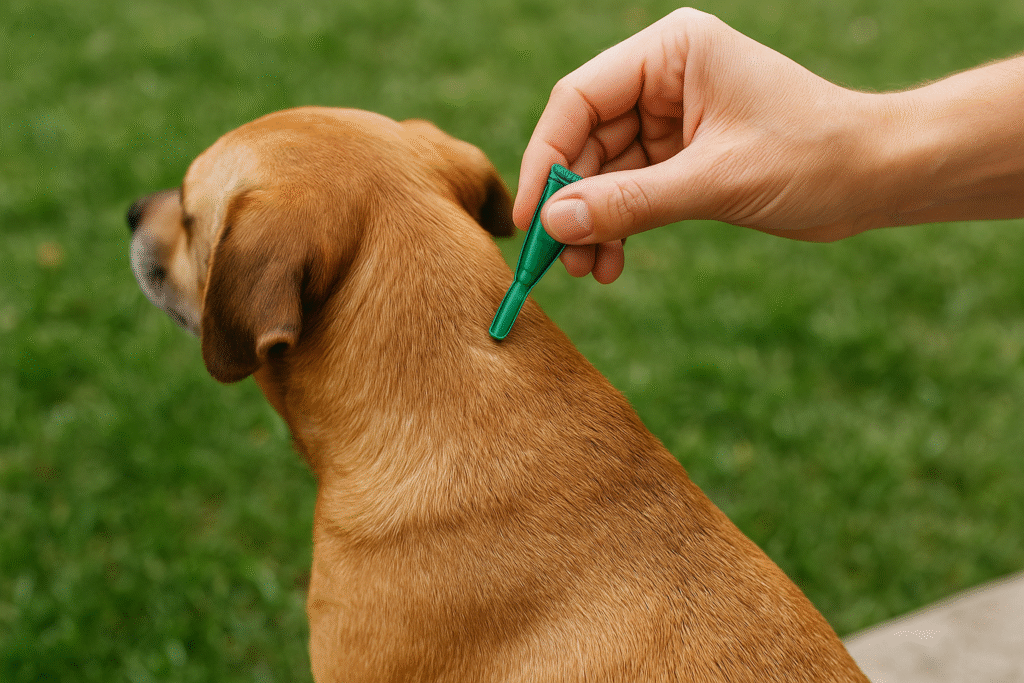Best Flea and Tick Prevention for Dogs and Cats
Fleas and ticks are more than just annoying pests—they can transmit dangerous diseases and cause serious discomfort for your pets. As a responsible pet owner, knowing the best prevention methods for dogs and cats is essential for maintaining their overall health and well-being. In this guide, we’ll cover proven prevention strategies, top recommended products, and practical tips to keep your furry friends safe all year round.

Why Flea and Tick Prevention Matters
Fleas and ticks are more than a nuisance. They can spread diseases such as Lyme disease, ehrlichiosis, and tapeworm infections. Pets suffering from infestations often experience itching, hair loss, anemia, and even secondary skin infections. Prevention is much safer and more affordable than treatment after an infestation has taken hold.
Best Prevention Methods
1. Topical Treatments
Topical flea and tick medications, applied monthly, are one of the most popular options. These treatments kill parasites on contact and provide lasting protection. Make sure to apply according to your pet’s weight and species—never use dog products on cats.

2. Oral Medications
Chewable oral preventives are convenient and often more effective than topical solutions. These medications work systemically, killing fleas and ticks when they bite your pet. They’re especially helpful for households with multiple pets, since there’s no risk of another pet licking off the medication.
3. Flea and Tick Collars
Modern collars provide up to 8 months of protection. They release active ingredients slowly over time and are a great low-maintenance option. However, collars may not be as effective for pets with heavy infestations or allergies.

4. Environmental Control
Preventing fleas and ticks isn’t just about treating your pets. Regularly vacuum carpets, wash pet bedding, and use pet-safe sprays in your home and yard. Keeping the environment clean prevents reinfestation and ensures long-term protection.
Natural and Alternative Options
Some pet owners prefer natural remedies like essential oil sprays, diatomaceous earth, or herbal collars. While these may help reduce risk, they’re often less effective than vet-approved preventives. Always consult your veterinarian before relying solely on natural methods.
Frequently Asked Questions
Q1: Can I use dog flea prevention products on cats?
No. Many dog products contain ingredients toxic to cats, such as permethrin. Always use species-specific treatments.
Q2: How often should I give flea and tick preventives?
Most products require monthly administration, though some collars can last up to 8 months. Consistency is key to effectiveness.
Q3: Do indoor pets need flea and tick prevention?
Yes. Even indoor pets are at risk if fleas or ticks hitch a ride inside on humans, other animals, or objects. Year-round prevention is strongly recommended.
Conclusion
Flea and tick prevention is a vital part of your pet’s healthcare routine. By combining veterinary-approved products with proper environmental control, you can protect your pets from harmful parasites and keep them happy, healthy, and itch-free. For more advice on Common Dog Skin Problems & Solutions, check out our detailed guide.

